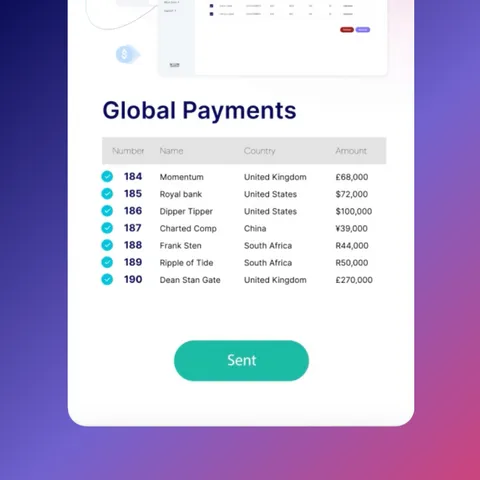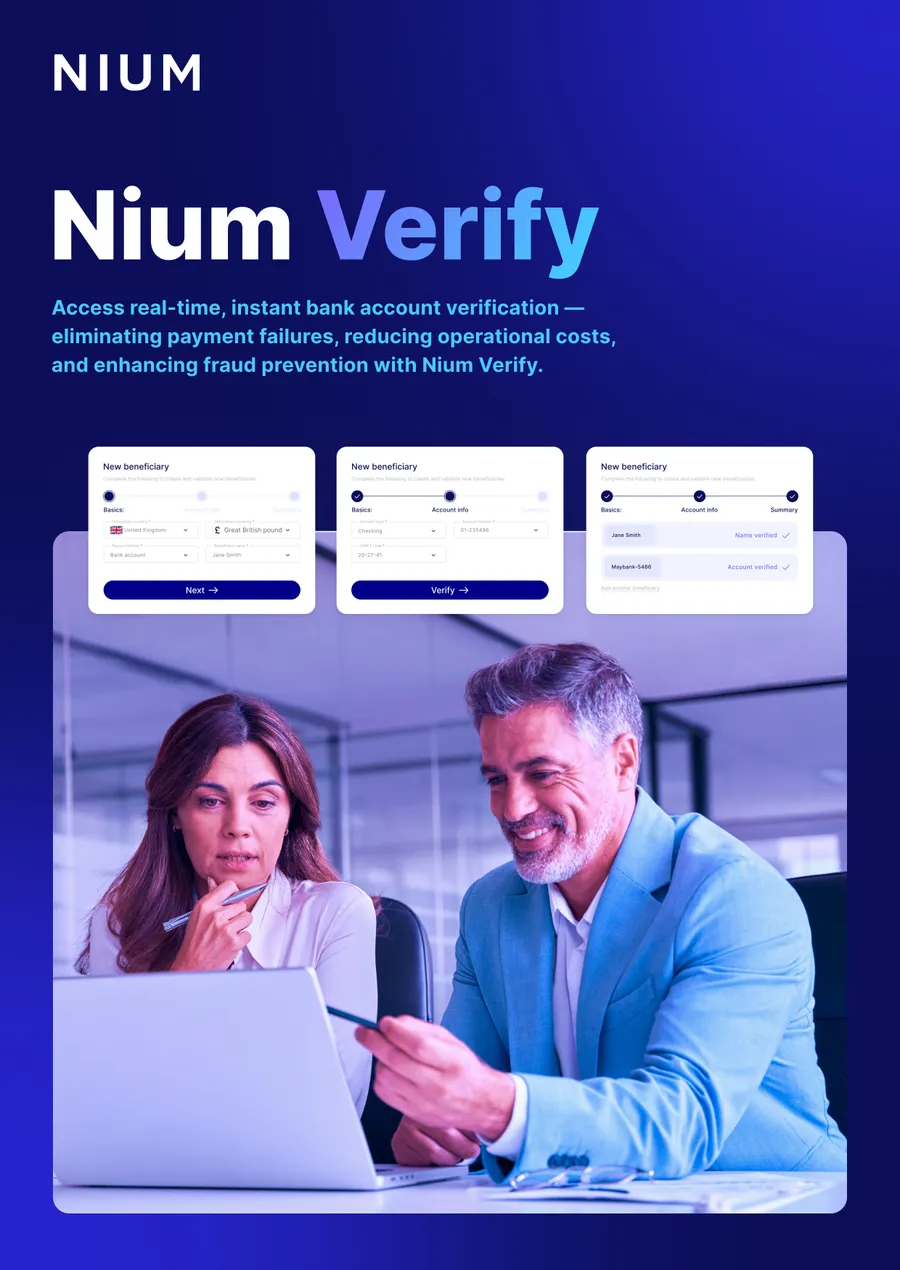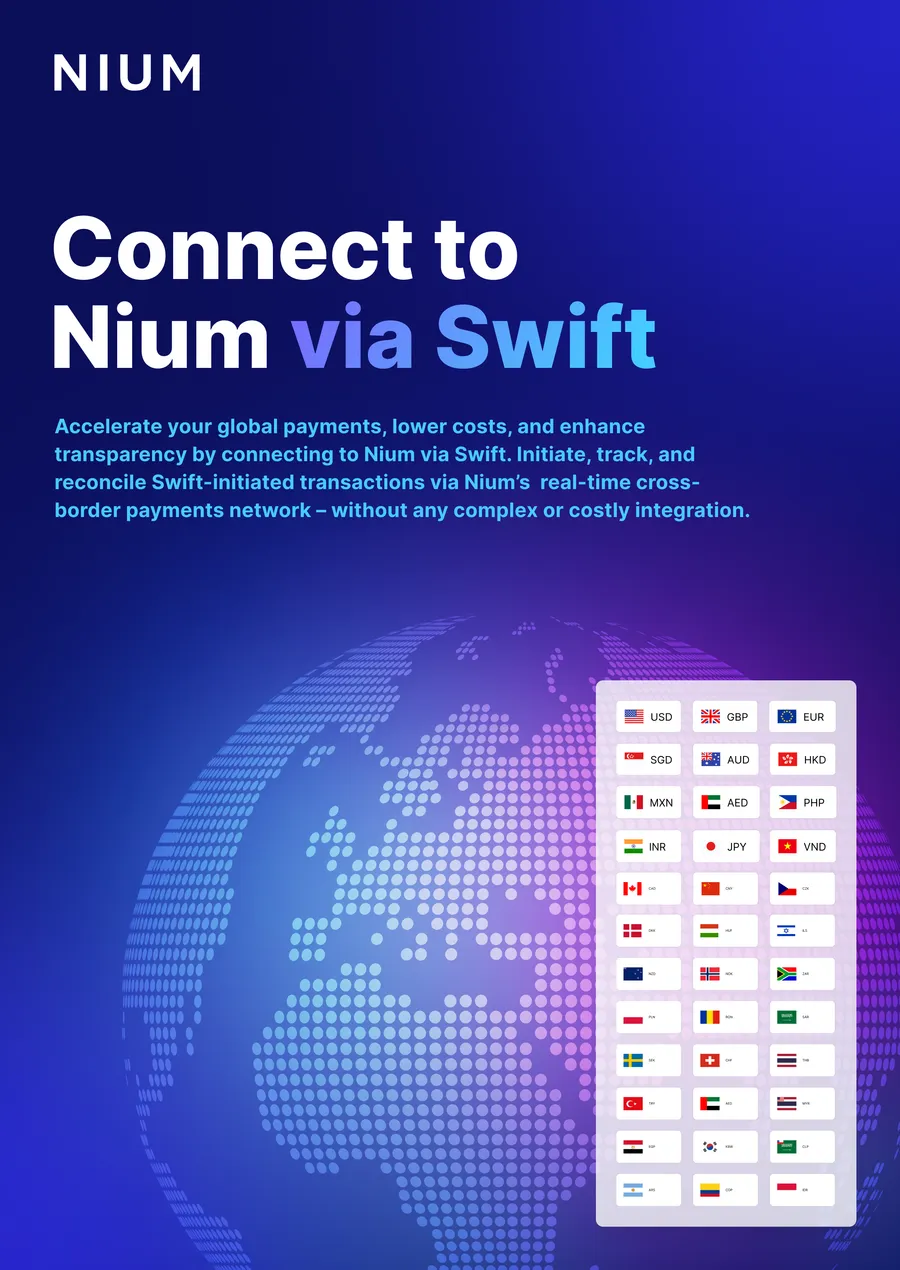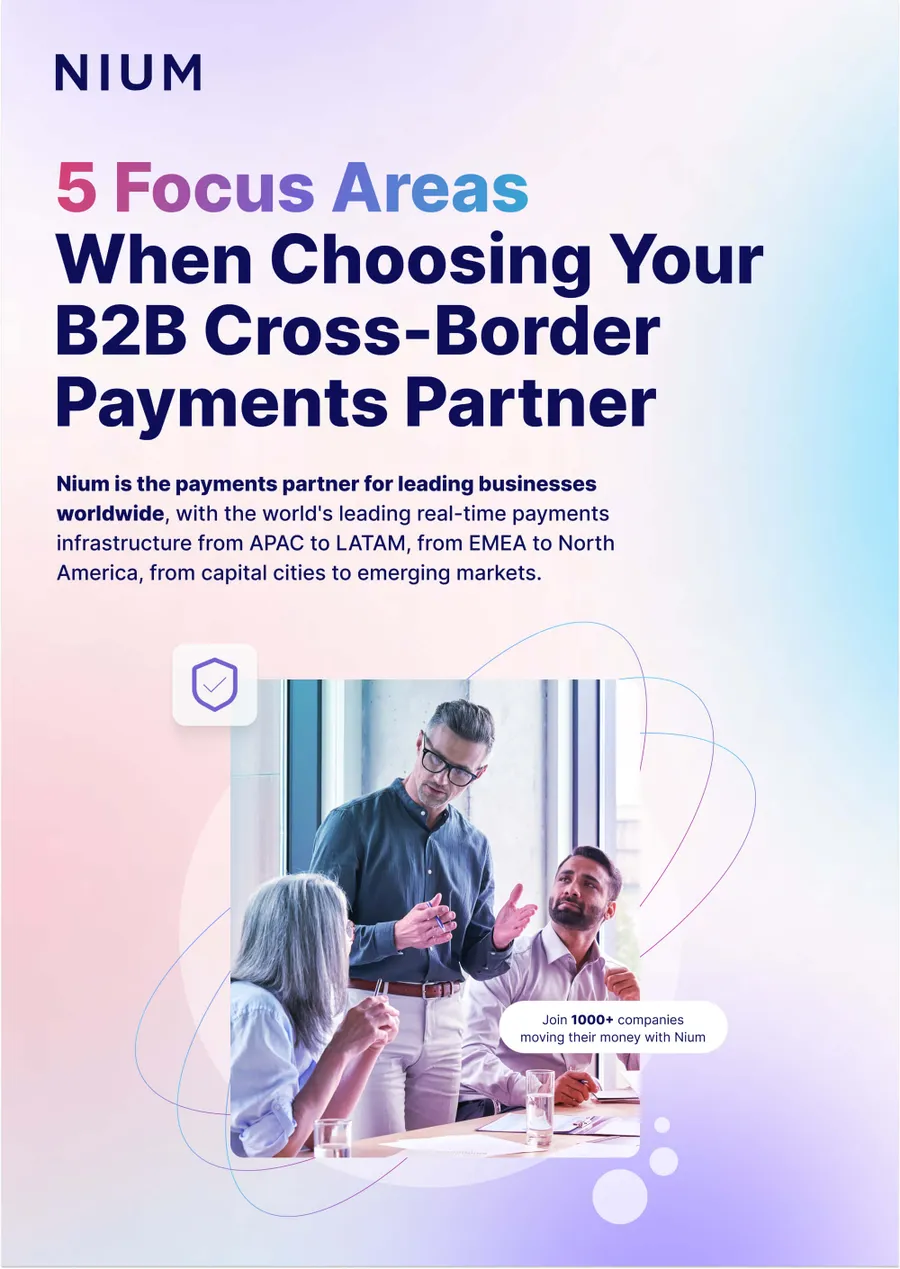Air travel is a complex ecosystem, with many stakeholders involved, from booking to arrival at the destination, all linked by payments. However, when it comes to moving money, the burden falls harder on airlines, and these costs add up. In 2019–the last tracked year of ‘normal’ air travel–airlines spent $20.3 billion on payment costs – equivalent to approximately 78% of the industry’s net profit.
In an era where airline margins are under increasing pressure from new travel patterns, fuel costs, taxes, and more, payments are a key opportunity for transformation. The solutions available to facilitate payments have evolved rapidly in recent years, with consumers and businesses embracing direct payments, automatic reconciliation, virtual cards, and seamless cross-border transfers.
By implementing new tools and processes, airlines have the opportunity to upgrade their payments systems to gain competitive advantage and improve the payment experience for customers, partners and suppliers. Estimates indicate that airlines could potentially reap a further $2 billion in value by strategically addressing payments while also reducing ecosystem friction and improving customer service, but this requires the right partner.
Diagnosing the air travel payment process
The recent history of airlines is one of diminishing margins. After peaking in 2015, the EBIT margin of commercial airlines has been falling steadily; even before the impact of COVID, the margin in 2020 had only been projected to be 5.5% in 2020.
Airlines and travel agents are the primary points of sale for air travel. In this role, airlines accept payments on behalf of other stakeholders in the ecosystem – meaning they eventually need to reimburse other parties. In practice, this means that airlines forward around 10% of the total value of their transactions to others. The issue is that they also incur all the payment costs for the total transaction value.
What are the key drivers of airline payment costs?
An IATA study into airline payment costs found that payments create a range of additional costs, including:
- 82% of associated costs went on payment fees, such as card transaction fees.
- 9% of airlines’ total payment costs were attributed to short-term financing costs due to delayed settlement from acquirers, in addition to the cost of providing guarantees.
- 5% went to fraud and associated losses
- 4% was lost of operational expenditure and cost of running systems.
On the operational side, the wide range of stakeholders for whom airlines handle payments within the air travel ecosystem create extra reconciliation work for finance teams alongside the burden of transaction costs.
Meanwhile, credit cards still make up the majority of airline payments, with high associated fees. Airlines have to pay credit card companies between 1 and 3 percent of the ticket price on each transaction, driving up costs.
Airlines have been able to improve margins on this process through the use of virtual credit cards (VCCs), with 74% of airlines citing cash flow improvement gained from shorter settlement cycles as the top benefit for accepting virtual cards. However, now there is a chance to go further.
Creating the next generation payment process
The next challenge for airlines when it comes to payments is what’s known as a ‘double-loop payment process’. In this system, any payment method can be used to make payments without being a part of the system itself, which increases flexibility for customers.

However, it also puts additional pressure on the initial payment receiver – for airlines, once a customer makes a payment (first-loop), further payments then have to be distributed to each of the relevant suppliers and service providers (second-loop), such as airports and tax authorities.
In response to the complexity of double-loop systems, there is increasing interest in closed-loop payment systems, with 52% of U.S. and U.K. finance teams set to establish their own by the end of 2022 and 61% looking to develop one by the end of 2023. In closed-loop systems, the payment method is linked to the system itself, with the payment type optimized for the context in which it is used.

Closing the loop with Nium
After launching the widely-implemented airline VCC solution, Nium has now pioneered a new approach to airline payments by combining UATP rails for authorization with a bank payment transfer, using virtual cards for airline payments.
Nium Airline Payments (NAP) is an industry-first virtual B2B travel payment system that creates a more equitable and sustainable model between airlines and travel sellers, fully IATA compliant while guaranteeing payment for the airline. In this model, airlines’ funds are settled faster via daily bank transfers, while agents receive swift financial rewards for increasing airline distribution and revenue.
Airlines using Nium Airline payments can gain further benefits on top of VCC efficiency, including:
- Lower costs from eliminating intermediaries in the payment flow
- Improved speed and flexibility
- Flexible incentives for partners and OTAs
- Simple setup and no integrations, needing only a simple settlement agreement to route funds
- Efficient, automated reconciliation
To find out more about the B2B travel payment system transformation opportunity, download our new guide ‘Closing the loop for air travel : A new payments model for airlines and online travel agencies’ or book a call with one of our payment experts.








.png@webp)






